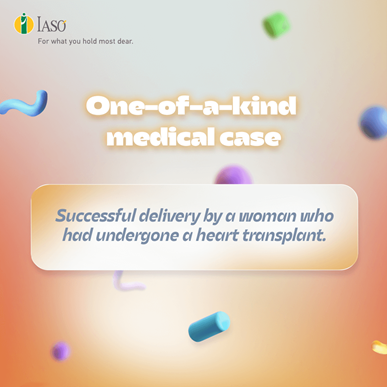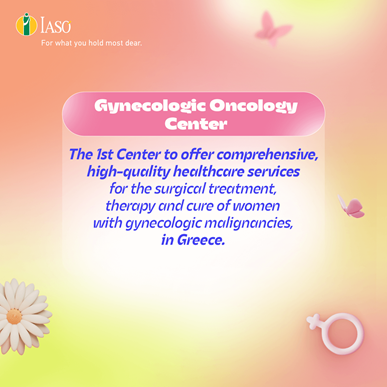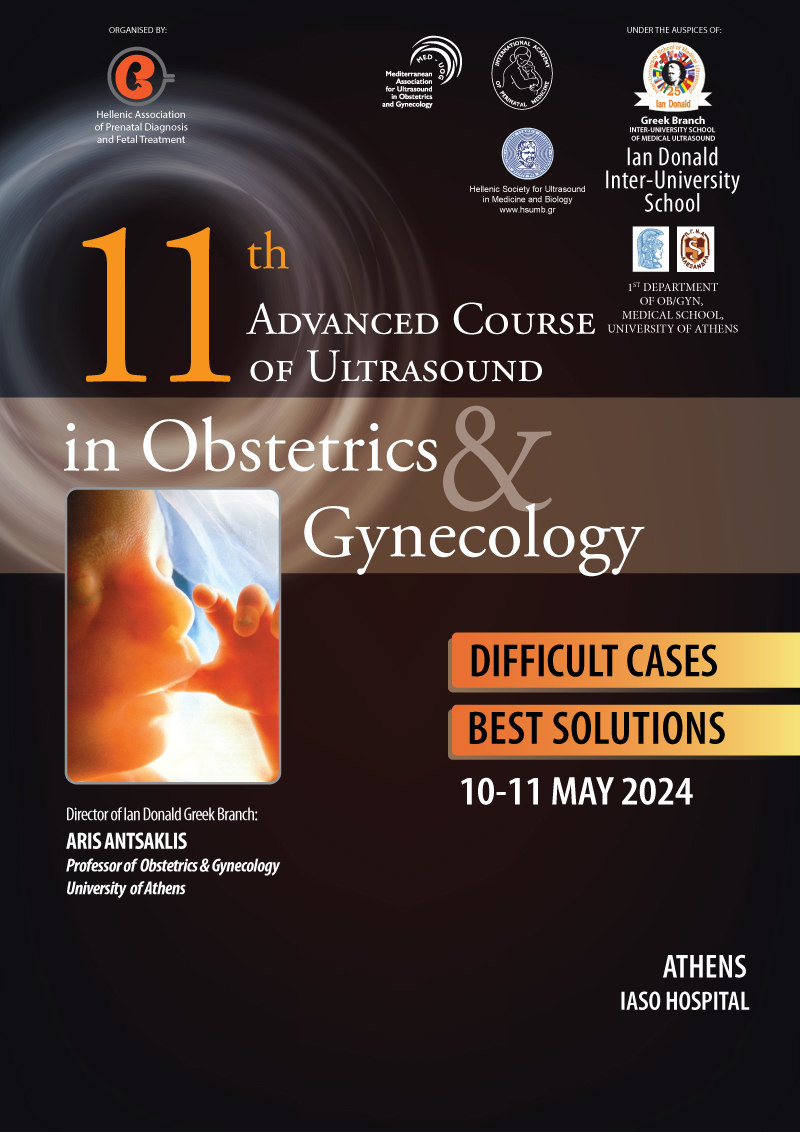
Center for Urogynaecology and Pelvic Floor Reconstructive Surgery
Gynecologic Clinic
Pelvic floor disorders concern a considerable part of the female population, seriously impacting their quality of life, as they bear detrimental effect on their social, personal and professional lives. Pelvic floor disorders concern a wide range of conditions, such as urinary incontinence (UI), pelvic organ prolapse (POP), recurrent urinary tract infections (rUTIs), fecal incontinence (FI), chronic pelvic pain (CPP), interstitial cystitis (IC), vaginal atrophy and sexual dysfunction.
In IASO’s Urogynaecology & Pelvic Floor Reconstructive Surgery Center, a team of specialized Urogynecologists offer a holistic approach to patients with pelvic floor disorders, aiming for the restoration of the anatomical and functional defects causing them.
The specialized approach for patients with urogynecologic conditions is carried out in a single visit (one-stop clinic), where the specialized doctors at the Center offer clinical evaluation and specific diagnostic tests, such as full urodynamic testing (uroflowmetry, cystomanometry, pressure - flow study), and 3D pelvic floor ultrasonography. In some cases, further paraclinical screening may be recommended with dynamic pelvic floor MRI and CT urogram. The treatment plan is prepared during the same visit and includes all modern conservative and interventional therapeutic options of urogynaecology, tailored to the desires and needs of each patient.
What are the main pelvic floor disorders?
- Urinary incontinence (UI). The condition in which there is involuntary loss of urine.
Most frequent types of female UI include:
- Stress Urinary Incontinence (SUI): Loss of urine occurring when abdominal pressure increases, e.g. while coughing, sneezing, fast walking or running and heavy lifting.
- Urge Incontinence (UUI): This form of incontinence occurs when a woman experiences uncontrollable urine leakage when she feels the urgent need to urinate (urinary urgency).
- Overflow Incontinence (OI): In this form, women experience urine leakage because the bladder does not empty properly during urination, either due to an obstruction or because of the bladder's inherent inability to contract.
- Mixed Urinary Incontinence (MUI): Coexistence of 2 types of incontinence (e.g., stress and urge incontinence).
- Pelvic Organ Prolapse (POP). The condition in which one or more organs of the female pelvis prolapse (bulge) into the vagina due to weakening of the pelvic floor muscles and ligaments.
Types of prolapse:
- Prolapse of the uterus (uterine prolapse) or vaginal vault prolapse (for women who have previously undergone a hysterectomy)
- Prolapse of the bladder (cystocele)
- Prolapse of the rectum (rectocele)
- Prolapse of the small bowel (enterocele)
Main symptoms of POP include pressure in the lower part of the vagina, the sensation of a foreign body in the vagina, difficulty with urination and defecation, lower back pain, difficulty during sexual intercourse, and others.
- Genitourinary Syndrome of Menopause (GSM). Previously known as vulvovaginal atrophy, this syndrome includes disorders from both the lower genital tract, such as vaginal dryness and vulvar skin irritations, as well as from the lower urinary tract, such as overactive bladder, urge incontinence, and recurrent urinary tract infections.
- Recurrent Urinary Tract Infections (rUTIs). They occur in approximately 10-15% of the female population of all ages and are diagnosed after confirming numerous microbial colonies in a urine culture. Typically, 2 episodes within 6 months or 3 episodes per year are considered to be recurrent episodes.
- Chronic Pelvic Pain (CPP). Pain in the pelvis and the vagina, or vulva, that lasts for more than 6 months. Although it can be caused by various pathological conditions, its cause often relates to inflammatory conditions of the urethra and bladder, adhesions in the pelvis and vagina (due to previous surgeries in the area), and other conditions that cause hypersensitivity of the pelvic nerves (e.g., pelvic congestion syndrome).
How are pelvic floor disorders diagnosed?
The diagnostic approach of patients with pelvic floor disorders is mostly carried out in a single visit to the Center (one-stop clinic), where specialized urogynecologists will assess the patient's symptoms and medical history, conduct a clinical evaluation, and perform targeted urogynaecologic, imaging, and laboratory tests.
The cornerstone for the valid diagnosis of such disorders is the full set of Urodynamic Tests, including uroflowmetry, cystomanometry and pressure - flow study. It is a minimally invasive, dynamic test, completely pain free, that offers valuable information on the lower urinary tract function. Where necessary, a detailed 3D ultrasound of the pelvic floor may be carried out at the Center, in order to further investigate both anatomical and functional problems of the pelvic floor. Depending on the symptoms and the complexity of the disorder, further information may be sought through additional tests, such as static or dynamic MRI of the pelvis / pelvic floor, CT urogram and enhanced quantitative urine cultures (EQUC).
Treatment options
In our center we provide all available treatment options for pelvic floor conditions, based on the principles of the multi-disciplinary approach and individualized care. In collaboration with specialized urologists, general surgeons, radiologists, and neurologists, as well as other healthcare professionals such as pelvic floor physiotherapists, the urogynaecology experts provide contemporary and evidence-based treatments, depending on the specific disorder:
Urinary Incontinence:
- Physiotherapy-guided pelvic floor muscle training
- Bladder retraining
- Vaginal rejuvenation laser treatment (vaginal epithelium, pubocervical ligament)
- Urethral bulking injections
- Tension-free vaginal tape (TVT/TVTO)
- Laparoscopic Burch Colposuspension
- Autologous Fascial Sling
- Bladder Botox injections
- Laparoscopic / vaginal excision of synthetic tape
Pelvic Organ Prolapse:
- Vaginal hysterectomy
- Anterior and posterior colporrhaphy
- Sacrospinous hysteropexy / vaginal vault fixation
- Manchester procedure
- LeFort Colpocleisis
- Laparoscopic hysterectomy
- Laparoscopic sacrohysteropexy / sacrocolpopexy
- Laparoscopic hysteropectopexy / colpopectopexy
- Laparoscopic / vaginal excision of synthetic mesh
Other treatments:
- Labiaplasty
- Fenton’s repair
- Perineoplasty / vaginoplasty
- Bladder instillations
- Pelvic floor Botox injections
- PRP injections
- Hyaluronic acid injections
Contact number:
Staff


























